Counterfeit Goods Trade: Economic Impact and Regulatory Responses
Counterfeit goods trade is a global issue that poses significant economic challenges for countries around the world. In this article, we will explore the economic impact of counterfeit goods trade and examine the regulatory responses that have been implemented to combat this illicit activity.
Economic Impact of Counterfeit Goods Trade
The trade in counterfeit goods has a detrimental impact on the economy in several ways:
- Loss of revenue for legitimate businesses
- Reduction in tax revenue for governments
- Undermining of consumer confidence in brands
- Threat to public health and safety
According to the Organisation for Economic Co-operation and Development (OECD), the global trade in counterfeit goods is estimated to be worth over $500 billion annually, accounting for around 3% of world trade.
Regulatory Responses to Counterfeit Goods Trade
In response to the growing threat of counterfeit goods trade, governments and international organizations have implemented various regulatory measures:
- Increased border controls and customs enforcement
- Strengthening of intellectual property laws
- Collaboration between law enforcement agencies and industry stakeholders
- Public awareness campaigns to educate consumers about the risks of purchasing counterfeit goods
Case Study: The European Union
The European Union has been at the forefront of efforts to combat counterfeit goods trade. In 2015, the EU launched the Intellectual Property Rights (IPR) Enforcement Directive, which aims to harmonize the enforcement of intellectual property rights across EU member states.
As a result of these efforts, the EU has seen a decrease in the trade of counterfeit goods, with seizures of counterfeit products increasing by 15% between 2015 and 2019.
Summary
Counterfeit goods trade has a significant economic impact, costing legitimate businesses billions of dollars in lost revenue and undermining consumer confidence in brands. Regulatory responses, such as increased border controls and strengthened intellectual property laws, are essential in combating this illicit activity. By working together, governments, law enforcement agencies, and industry stakeholders can help to reduce the trade in counterfeit goods and protect consumers from the risks associated with purchasing fake products.














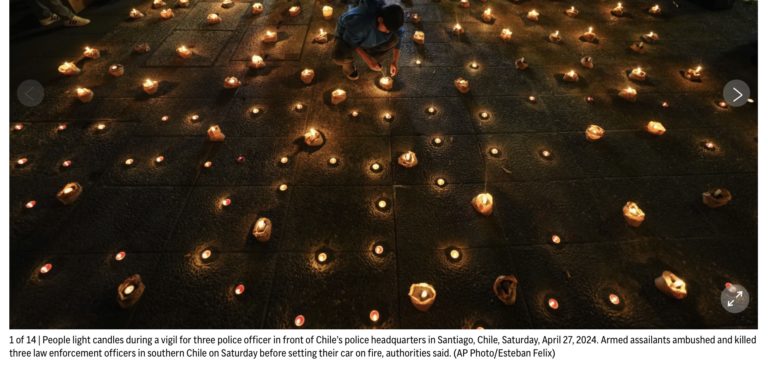
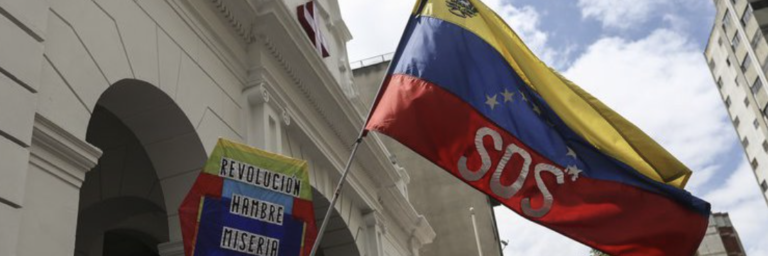
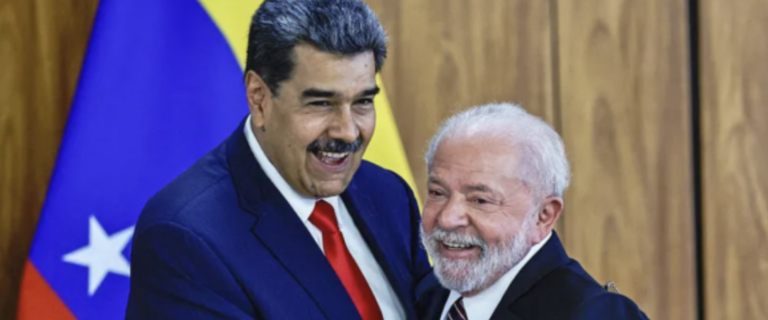
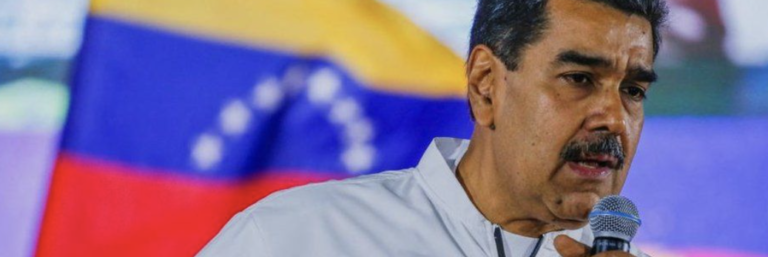
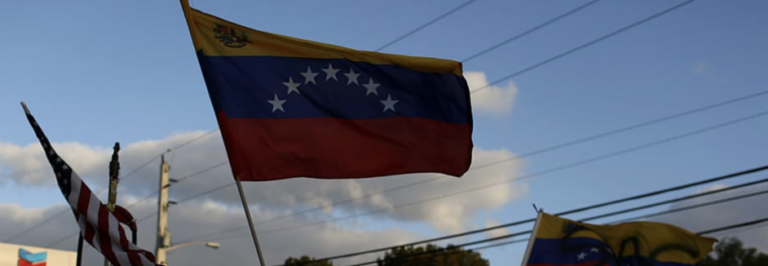
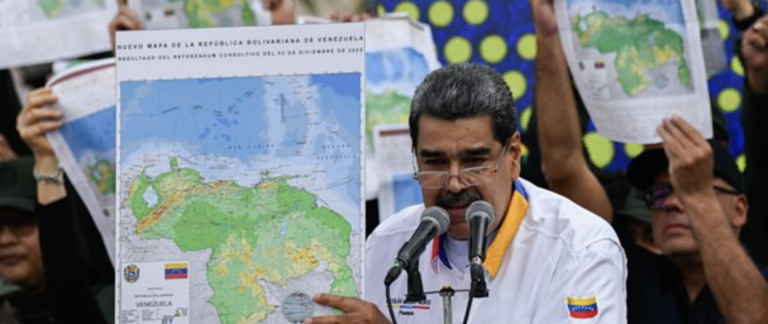








+ There are no comments
Add yours